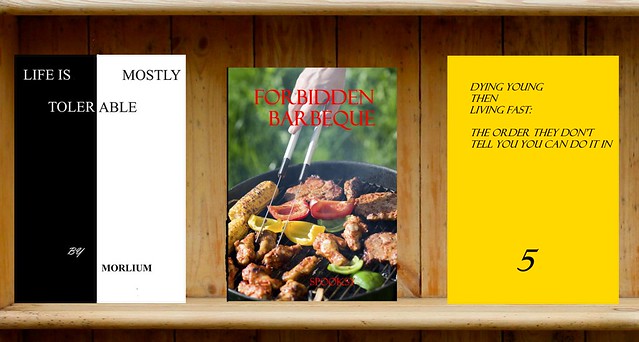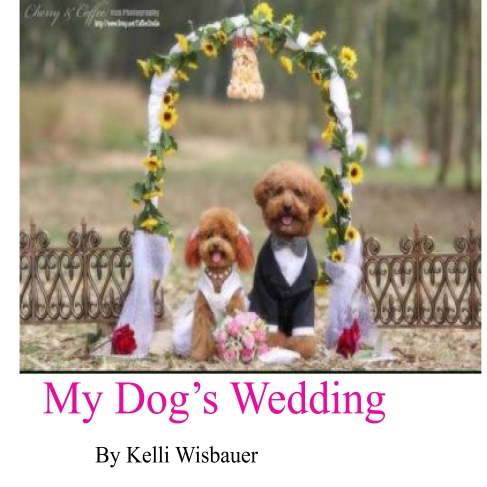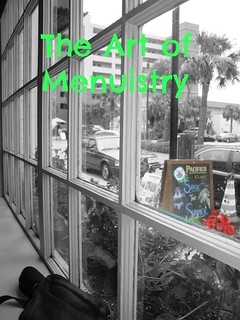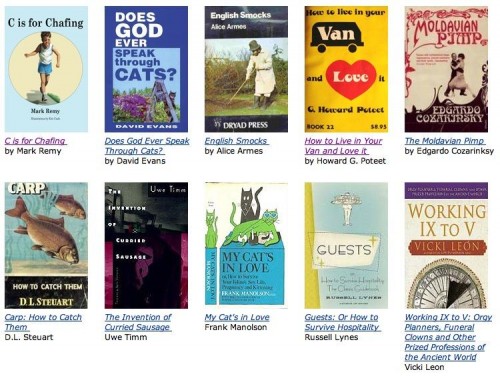My contribution to the ds106 Weird Book Room. It seemed like the sort of thing someone named “Paisley” would write.
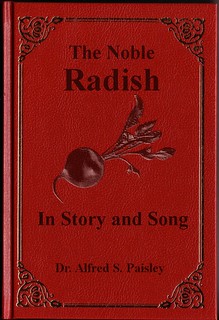
I love book covers. I love them so much, you don’t even understand. There’s that trite old phrase about judgement, sure, but the fact is the cover of a book (or a movie, or an album, or whatever) can make or break a sale. I’ve picked up books more times than I can count for their cover art alone; I actually have a few favorite cover artists, and favorite editions of much-loved books based solely on the cover art. Each one is a little designed story all on its own, which I find fascinating and wonderful.
Designing this particular book cover ended up using much less of my eye for art and more of my technical skill. I wish I’d come up with something that stretched my design muscles a little more, but I am damn proud of that radish.
I found the clip art for the radish at Daily Clip Art and the book cover on DeviantArt via an image search. The hardest part of this assignment was getting the radish to look like it was embossed onto the red leather in the same style as the decorations on the cover, instead of a big splot of awkward color that didn’t fit. I tried using Justin Baker’s tutorial on how to make a photo look like a drawing, but but because of the image’s low contrast it just gave me a super-bright outline of the radish with a couple sketchy-looking shadows thrown in. After fiddling with the Gaussian Blur process a bit more, I decided to try the “Emboss” filter to see if it was worthwhile. That turned out much better, and reducing the opacity got me exactly the kind of image I wanted. Sadly the same process didn’t work on the black lettering, but reducing the opacity of the text layers was almost as good.
In terms of design, most of this assignment came down to placing the elements I wanted in logical, aesthetically pleasing locations. The thing about book covers is that we’ve been creating them forever, so there’s a lot that people read into them without even realizing it. A book with a leather cover, embossed decorations and a sparse cover design is older, and probably about a more serious subject. A glossy paperback with a lot of pictures on the cover is probably a how-to book of some kind and is more modern. If the author’s name is the biggest thing on the cover, you’re buying the book for the storyteller, not the story; a dominant title suggests it’s the other way around. I played into that a little by making the title dominant and the author’s name smaller, and the Serif font I chose also suggests a more serious work through its lack of frills.
Weirdly enough, this book is one I’d totally read. Radishes feature in a bunch of legends from around the world, including the iconic Radish Spirit (he’s the big white blobby dude in the front) from Hayao Miyazaki’s epic “Spirited Away.” His character was based on a daikon radish, which is used in a lot of traditional Japanese cooking, and in that way represents the more traditional elements of Japan’s history.




